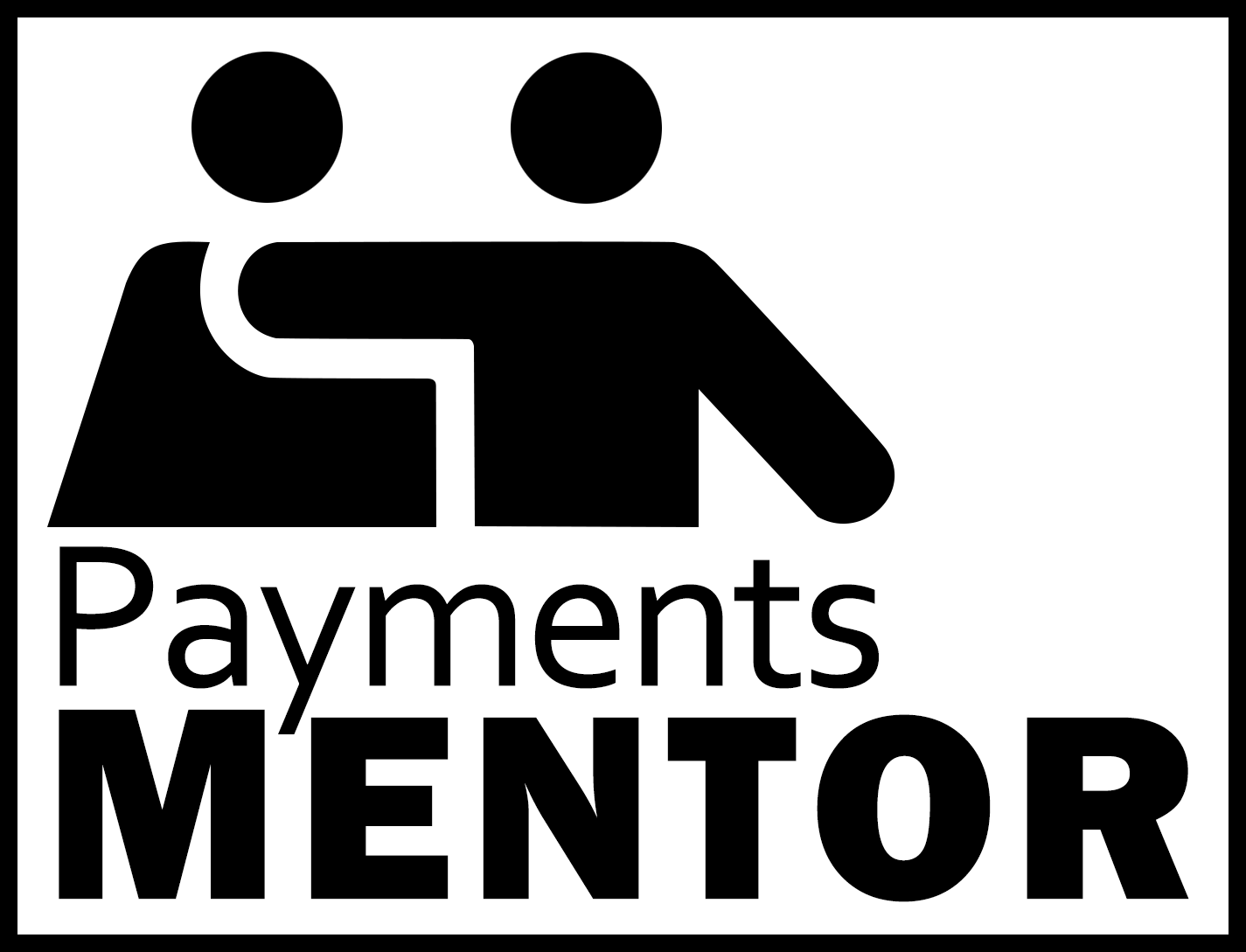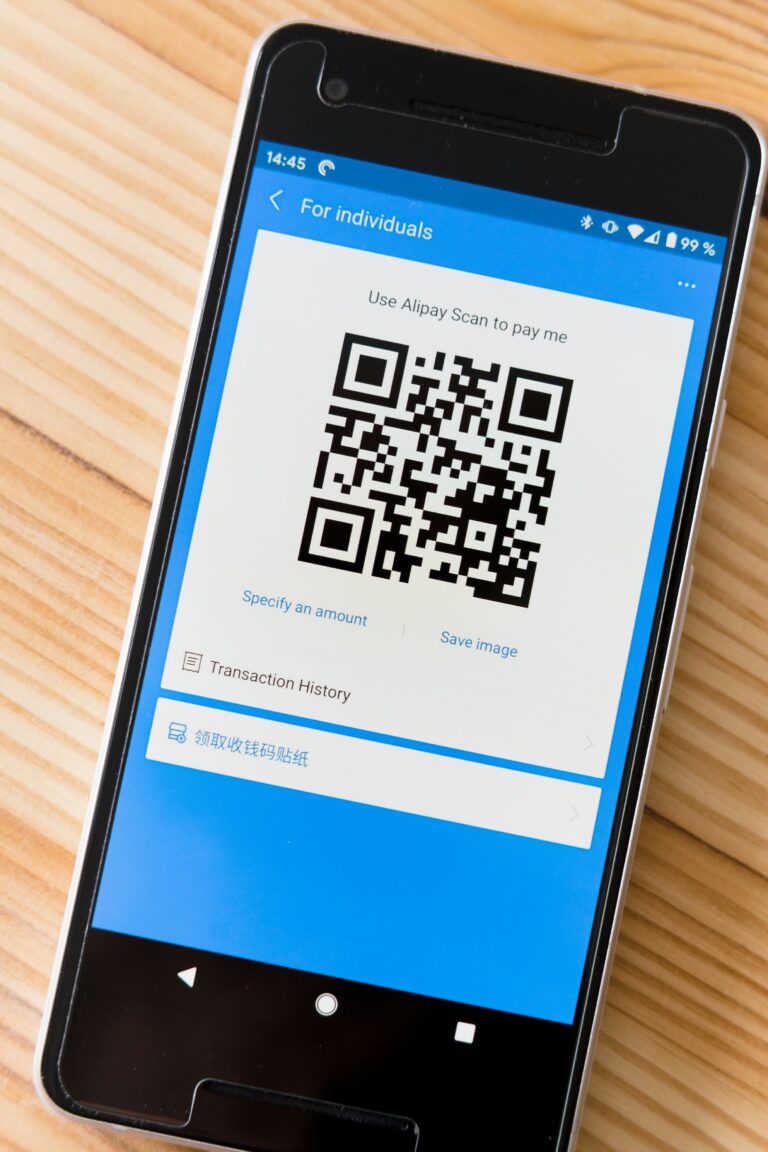In today’s competitive ecommerce landscape, businesses must prioritize optimizing their checkout experience to stay ahead. Cart abandonment remains a significant challenge, with a staggering 70% of online shoppers leaving their carts without completing a purchase.
The impact of cart abandonment extends beyond lost sales; it skews data, reduces conversion rates, and drives up customer acquisition costs. As businesses navigate economic uncertainties and cost-conscious consumers, streamlining the payment flow is not just a nice-to-have—it’s a survival strategy.
By understanding the reasons behind cart abandonment and implementing targeted strategies, you can transform potential losses into valuable sales opportunities. Enhancing your checkout experience creates an inviting and trustworthy environment where customers feel confident completing their purchases.
Why Enhancing Your Checkout Experience Matters
Enhancing your checkout experience is crucial for reducing cart abandonment and increasing conversion rates. A seamless, frictionless payment process minimizes obstacles that may deter customers from completing their purchases, leading to improved sales performance.
Consider this: even a small reduction in cart abandonment rates can significantly impact profitability, especially for businesses operating on thin margins. By optimizing payment flows, you not only recover potentially lost revenue but also strengthen customer relationships and build brand loyalty.
Moreover, a smooth checkout experience contributes to positive brand perception. When customers encounter a cumbersome or confusing payment process, it can damage their trust in your business. On the other hand, a well-designed checkout flow instills confidence and encourages repeat purchases, setting you apart from competitors who may overlook this critical aspect of the customer journey.
How to Enhance Your Checkout Experience to Minimize Cart Abandonment
Streamlining the checkout process forms the backbone of a successful strategy to reduce cart abandonment. Emphasizing clarity and simplicity at each step ensures that customers are not deterred by unnecessary complications, thereby fostering a smoother user journey.
Crafting an Efficient Flow
A well-crafted checkout flow is crucial for minimizing the chances of cart abandonment. By focusing on efficiency and clarity, businesses can create a seamless experience:
- Integrate Steps: Aim to merge steps where feasible, facilitating a more fluid transition from cart to completion. This integration reduces decision fatigue and enhances the customer’s experience.
- Explicit Instructions: Offer straightforward guidance and confirmations throughout the process. Clear communication minimizes confusion, ensuring customers understand each requirement.
- Progress Visualization: Implement visual indicators to convey progress, keeping customers informed about their position in the checkout journey. This transparency motivates completion by providing a clear path forward.
Resolving Payment Flow Challenges
Effectively addressing payment flow challenges is essential for retaining potential buyers. A straightforward payment process significantly decreases the risk of abandonment:
- Streamline Data Input: Utilize auto-fill and save preferences to expedite data entry, enhancing convenience and reducing barriers to purchase.
- Error Handling: Provide intuitive error messages that guide users in correcting mistakes swiftly. This reduces frustration and keeps customers engaged in the process.
- Trust Enhancements: Incorporate recognizable security features to instill confidence in the payment system. Visible trust elements play a pivotal role in ensuring customers feel secure.
Optimizing for Mobile Engagement
As mobile shopping continues to dominate, ensuring your checkout process caters to mobile users is non-negotiable. A mobile-optimized design guarantees accessibility and ease of use:
- Responsive Adjustments: Ensure the checkout interface adapts seamlessly across various device sizes, providing a consistent user experience.
- Simplified Interaction: Design for ease of use with large buttons and minimal navigation complexity, reducing the effort required for mobile users.
- Speed and Performance: Optimize for quick loading times, as delays can deter potential buyers. Prioritizing performance ensures that mobile users experience a smooth and efficient checkout.
By implementing these refined strategies, businesses can transform their checkout process into a robust mechanism for enhancing customer satisfaction and securing higher conversion rates. A well-optimized checkout experience not only reduces abandonment but also strengthens the overall customer relationship.
Step 1: Implement Guest Checkout Options
Embracing guest checkout options is crucial for optimizing the checkout journey and curbing cart abandonment. Allowing customers to finalize purchases without mandatory account creation minimizes barriers and accelerates the transaction process. This approach caters to the contemporary shopper’s inclination for efficiency, often leading to improved conversion outcomes.
Advantages of Guest Checkout
Guest checkout options bring several benefits that directly aid in diminishing cart abandonment:
- Boosted Customer Experience: By eliminating account creation requirements, customers enjoy a more straightforward purchase path, enhancing their shopping experience.
- Broader Market Reach: Removing the obligation to register expands access to a wider audience, including casual or one-time buyers who prefer minimal commitment.
- Lowered Abandonment Incidence: Simplifying the checkout by reducing steps and eliminating obligatory registrations decreases the likelihood of cart abandonment, aligning with user expectations for a hassle-free experience.
Strategies for Effective Guest Checkout Implementation
To maximize the effectiveness of guest checkout, consider these best practices:
- Efficient Information Gathering: While forgoing account creation, ensure to acquire only vital information necessary for processing orders, such as delivery and payment details.
- Encouraging Post-Purchase Account Creation: Offer a seamless option to set up an account after purchase, highlighting benefits like personalized deals or faster future transactions to entice repeat business.
- Assurance of Data Protection: Clearly communicate your commitment to data protection throughout the checkout process. Transparency about privacy protocols can reassure apprehensive customers, encouraging them to complete their orders.
By prioritizing guest checkout options, businesses can foster a more accommodating shopping environment that resonates with consumer preferences, ultimately reducing cart abandonment and elevating customer satisfaction.
Step 2: Optimize Payment Flow
Optimizing the payment flow is pivotal in decreasing cart abandonment and enhancing user satisfaction. A well-structured payment process not only accelerates transactions but also fortifies customer trust, encouraging completion. By reducing complexities and emphasizing intuitive design, businesses create a smooth experience that aligns with consumer expectations.
Key Elements of an Optimized Payment Flow
To achieve an effective payment flow, focus on essential elements:
- Intuitive Pathways: Craft a direct and user-friendly path from cart to payment. Simplify the sequence, allowing customers to move through the transaction process with minimal effort.
- Guidance and Clarity: Ensure each step includes clear, succinct prompts. This precision reduces ambiguity and helps customers proceed confidently, minimizing the chances of abandonment due to confusion.
- Responsive Design: Implement responsive design strategies that adapt to varying user contexts, such as streamlined processes for returning customers or comprehensive input for new users. This flexibility caters to diverse preferences and enhances the overall transaction experience.
Overcoming Payment Flow Challenges
Despite meticulous planning, challenges in the payment flow can occur, requiring strategic solutions:
- Efficient Error Solutions: Develop efficient error resolution systems that offer actionable feedback. Direct, informative messages assist customers in swiftly addressing issues, maintaining their engagement.
- Diverse Payment Options: Provide a wide range of payment choices, including popular credit cards, digital wallets, and alternative methods. This variety ensures customers can select their preferred method, reducing the likelihood of drop-offs.
- Visible Security Measures: Prominently display trust signals and encryption details to reassure users about transaction security. These visible assurances enhance trust, reducing apprehension and encouraging completion.
By focusing on these refined strategies, businesses can significantly improve their payment flow, facilitating a seamless journey from product selection to purchase finalization. This optimization not only lowers abandonment rates but also fosters repeat business and customer loyalty.
Step 3: Offer Multiple Payment Options
Providing a broad range of payment options is a pivotal strategy in today’s ecommerce environment. By accommodating different payment preferences, businesses can enhance the customer journey, fostering inclusivity and confidence. This approach not only aligns with diverse consumer needs but also ensures a smoother, more personalized checkout experience.
Advantages of Varied Payment Methods
Implementing diverse payment methods can greatly influence a business’s success in reducing cart abandonment rates:
- Broadened Consumer Reach: A selection of payment methods makes purchasing accessible to a wider audience, transforming potential interest into actual sales. This openness can convert more visitors into customers by meeting their preferred payment choices.
- Reinforced Customer Assurance: Offering trusted payment options can elevate consumer confidence. When customers recognize familiar and secure payment methods, it enhances their trust in the transaction process, encouraging them to finalize their purchases.
- Consumer Flexibility: Introducing options like installment payment plans caters to those seeking financial flexibility. This capability can drive higher sales conversion rates by providing consumers the convenience of managing payments over time.
Implementing a Range of Payment Options Effectively
To successfully implement a variety of payment options, businesses should focus on the following strategies:
- Understand Consumer Preferences: Research and identify the most favored payment methods among your target audience. Aligning your offerings with these preferences will improve customer satisfaction and reduce abandonment.
- Simplify Integration Processes: Ensure the integration of multiple payment options does not complicate the checkout experience. A streamlined interface that clearly presents these options is essential for maintaining a user-friendly transaction flow.
- Stay Current with Trends: Keep abreast of new payment technologies and consumer trends. Regularly updating and expanding your offerings ensures your business remains competitive and responsive to evolving consumer expectations.
By integrating a wide array of payment choices, businesses can create a more inclusive and efficient shopping environment that meets consumer demands and enhances overall sales performance.
Step 4: Enhance Mobile Experience
With the surge in mobile device usage, creating a user-friendly mobile shopping experience is no longer optional—it’s essential. Businesses must refine their mobile checkout processes to not only reduce abandonment rates but also to cater to the increasing number of consumers who prefer mobile shopping. This requires a strategic approach that addresses both design and functionality to align with user expectations.
Key Strategies for Mobile Optimization
To effectively elevate the mobile shopping journey, businesses should implement several targeted strategies:
- Adaptive Design Implementation: Prioritize adaptive design elements that ensure content adjusts seamlessly to various screen sizes, delivering a uniform experience across all devices. This adaptability enhances usability, preventing issues like awkward navigation or elements being out of place.
- Simplified User Pathways: Rework the mobile navigation to be intuitive and straightforward, focusing on essential steps that guide users smoothly through the purchase process. Utilize prominent touch points and direct calls to action to facilitate user progress without unnecessary interruptions.
- Optimized Performance: Focus on enhancing site performance specifically for mobile users by employing techniques such as image optimization and leveraging content delivery networks (CDNs) to ensure rapid load times. A swift and responsive site retains user interest and encourages transaction completion.
Enhancing User Engagement
Beyond technical enhancements, consider how to maximize engagement with mobile users:
- Tailored User Interactions: Use analytics to customize the mobile experience, presenting personalized recommendations and offers that resonate with individual user preferences. This personalization fosters a deeper connection with the brand.
- Streamlined Data Entry: Implement features like auto-suggestions and minimal data input requirements to simplify form completion. Mobile users benefit from reduced effort in entering information, making the process more appealing.
- Clear Visuals and Messaging: Ensure that text and images are optimized for clarity and readability, even on smaller screens. A visually appealing and easy-to-navigate interface supports user satisfaction and motivates them to finalize their purchases.
By adopting these refined strategies, businesses can significantly enhance the mobile shopping experience, ensuring it is smooth, efficient, and enjoyable for users. This focus not only reduces abandonment rates but also positions the business as a leader in delivering outstanding mobile commerce experiences.
Tips on Reducing Cart Abandonment
Addressing cart abandonment effectively requires a strategic combination of real-time data analysis and personalized consumer outreach. By harnessing the power of insights and targeted engagement, businesses can significantly enhance their conversion rates and customer satisfaction.
1. Monitor Key Metrics
Understanding the dynamics of cart abandonment means adopting a vigilant approach to tracking and analyzing relevant data. Keeping a close eye on cart abandonment metrics, alongside conversion rates and consumer feedback, offers valuable insights into the checkout process’s effectiveness. This data-driven approach enables businesses to identify trends and refine their strategies, ensuring a more streamlined and engaging user experience.
Strategic Data Analysis
To optimize the checkout process, delve into specific data points that highlight user interactions and behavior. Advanced analytics tools can pinpoint drop-off areas, revealing where potential customers encounter friction. This deep understanding allows businesses to address specific pain points, thus creating a smoother path to purchase. Moreover, integrating feedback mechanisms, such as customer surveys, provides qualitative insights that complement quantitative data, offering a comprehensive overview of user experiences.
2. Use Retargeting Strategies
Retargeting remains a powerful tool for re-engaging potential customers who have left items in their shopping carts. By implementing strategic retargeting initiatives, businesses can recover lost sales and strengthen customer connections through personalized engagement.
Tailored Customer Outreach
Crafting tailored communications is essential for effective retargeting. Leverage customer data to create personalized messages that align with individual shopping behaviors and preferences. Sending reminder emails featuring images of abandoned products, along with personalized recommendations, can reignite interest and prompt customers to return. Additionally, offering tailored incentives, such as exclusive discounts or free shipping, can further encourage customers to complete their purchases. Creating a sense of urgency or exclusivity with these incentives can be particularly motivating.
Furthermore, diversify your retargeting efforts by utilizing multiple channels, including social media and targeted advertising, to maintain visibility and engagement with potential buyers. Consistent, timely reminders across various platforms ensure that your brand stays top-of-mind, increasing the likelihood of conversion when consumers revisit their carts.
As you navigate the evolving landscape of ecommerce, remember that enhancing your checkout experience is an ongoing process that requires continuous refinement and adaptation. By implementing these strategies and staying attuned to your customers’ needs, you can create a seamless payment flow that not only reduces cart abandonment but also fosters long-term customer loyalty.
Related Frequently Asked Questions
How can checkout UI improvements reduce cart abandonment?
Streamlining the checkout process by minimizing form fields, enabling guest checkout, using progress indicators, and showing clear error messages helps prevent frustration and encourages customers to complete their purchases.
Which payment features help improve customer trust at checkout?
Displaying SSL certificates, trust badges, accepted payment logos, and offering secure and recognizable digital wallets like Apple Pay and PayPal build confidence and reduce friction during checkout.
How does fast, mobile-optimized checkout influence conversion rates?
Mobile-friendly designs with responsive layouts, auto-fill support, and simplified steps significantly increase conversion rates by providing a seamless experience on smartphones and tablets.
Quinn Davis has over 20 years of leadership experience in payments and financial services, with deep expertise in digital transformation and cross-border strategy. As SVP of Global Payments Strategy at a multinational platform, Quinn oversees product expansion into emerging markets and optimization of cross-border infrastructure. She’s recognized for modernizing legacy systems and mentoring the next generation of women in fintech.











